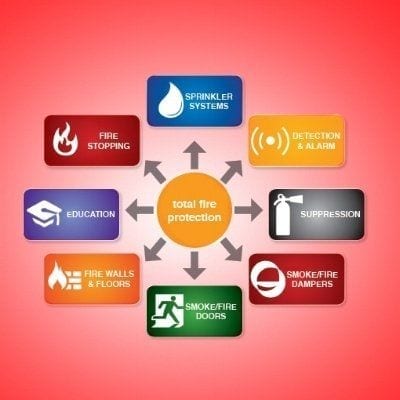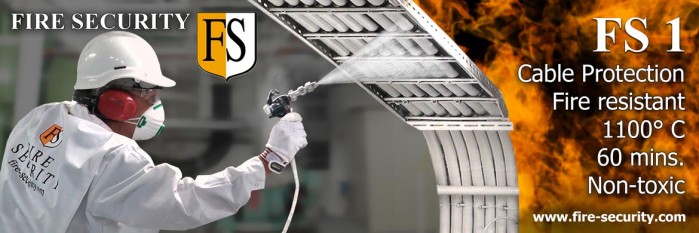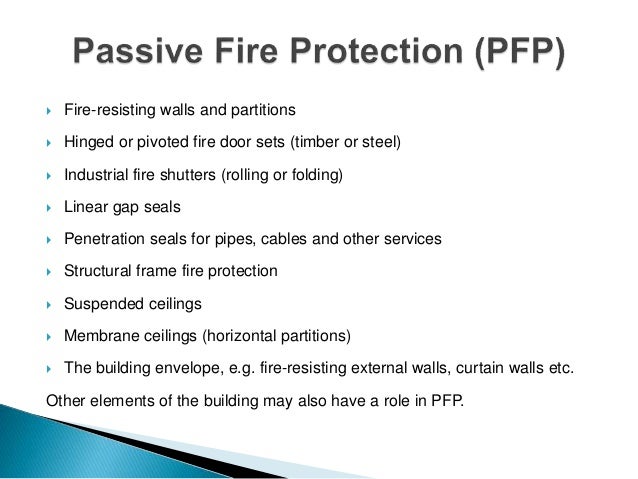Fire Resistant Coating Is An Example Of Active Or Passive

Active and passive fire protection systems are designed to work together during a fire not one in place of the other and it is important that both systems are properly working in the event of a fire.
Fire resistant coating is an example of active or passive. Passive fire protection passive fire protection pfp is an integral component of the three components of structural fire protection and fire safety in a building. Active systems are initiated by the flame and the response may be manual for example a hand operated fire extinguisher qualifies as an active response or programmed for example a sprinkler system. Passive fire protection pfp is an integral component of the components of structural fire protection and fire safety in a building. Active fire protection refers to systems that involve a triggered response to a fire.
Fire protection implementations often come in either passive or active variations. And provides a specific fire resistance rating. Even if it is passive it will work. For example board product or intumescent coating no.
Passive fire protection systems are specified systems and require regular inspection. Pfp systems must comply with the associated listing and approval use and compliance in order to provide the effectiveness expected by building codes. Pfp are known as building materials that are always present. While passive fire protection is as described above a series of built in fire resistant features active fire protection is essentially a collection of manual or automatic elements that need intervention to work for example.
In contrast passive measures work on a more fundamental level which includes strategies such as coating walls with fire resistant chemicals. Passive fire protection consists of elements utilized to keep a building safe so that fire doesn t spread and no action will be needed to function. This means that walls ceilings floors hinged doors. Active measures involve systems such as sprinklers and training employees on how to use extinguishers effectively.
This generally consists of a coating of fire resistant insulating media applied to a vessel or steel surface. Passive fire protection can provide an effective alternative to active systems for protecting against vessel failure. Fire detection and alarms sprinklers triggered by a sensor and extinguishers manual gaseous suppression door release mechanisms dynamic fire shutters etc. Pfp attempts to contain fires or slow the spread such as by fire resistant walls floors and doors.
Pfp attempts to contain fires or slow down the spread through use of fire resistant walls floors and fire rated doors. Passive fire protection pfp is built into the fabric of the building in the form of fire resistant floors walls fire rated ducting fire stopping and doors.
















